i'm seeing like 7-8 fruits forming already and plants are flowering nicely so i'm sure the yield would be nice .
Not recd as per Picture on Website
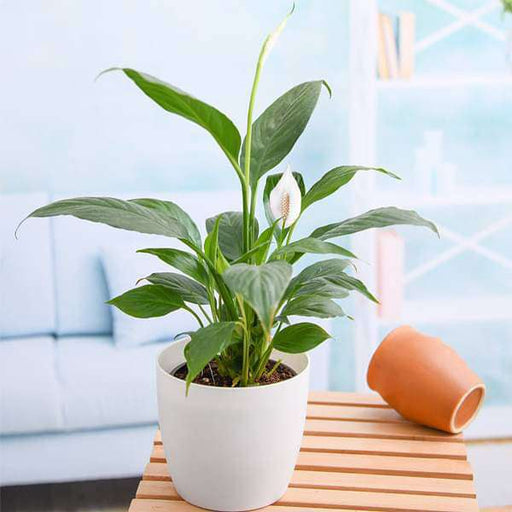
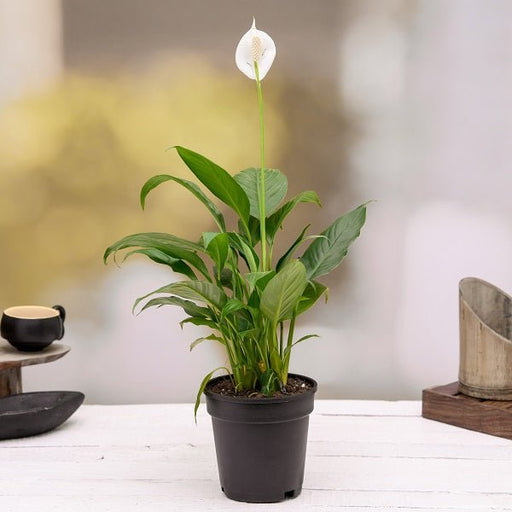 Save up to 15%
Save up to 15%
Peace Lily, Spathiphyllum - Plant The Peace Lily, scientifically known as Spathiphyllum, is a stunning houseplant celebrated for its elegant white...
View full details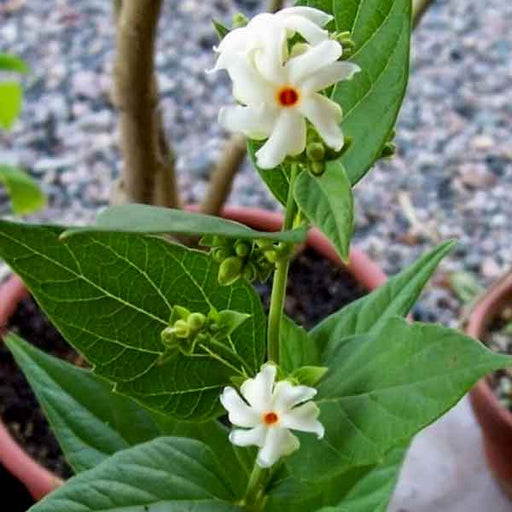
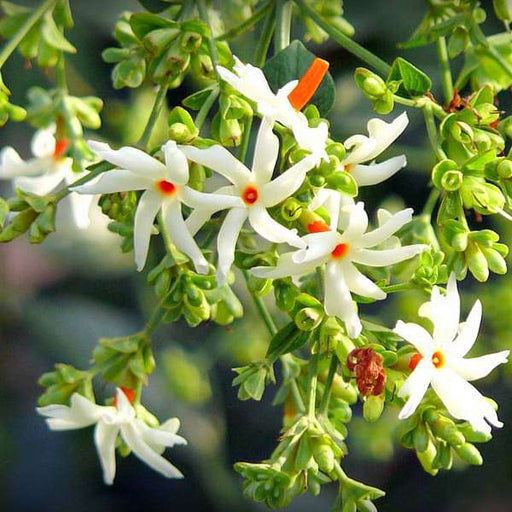 Save 18%
Save 18%
Combo Constituents Includes the Parijat Tree (Night-Flowering Jasmine), a culturally significant plant with fragrant flowers. Description The Pari...
View full details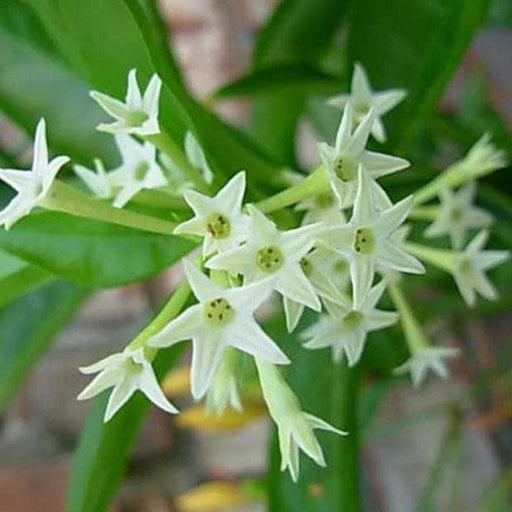
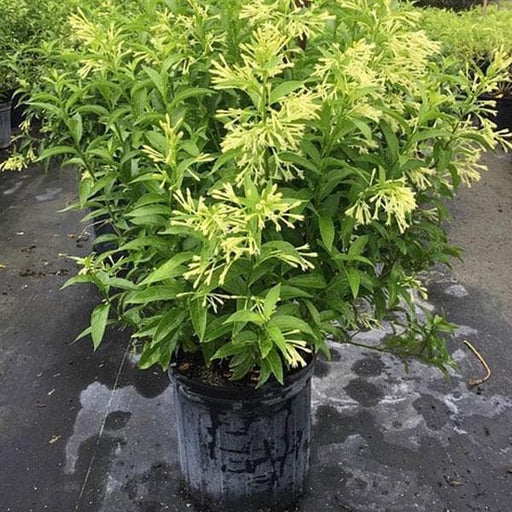 Save 25%
Save 25%
Description Raat Ki Rani (*Cestrum nocturnum*), also known as Night Blooming Jasmine, is a fragrant shrub native to the Caribbean and Central Ameri...
View full details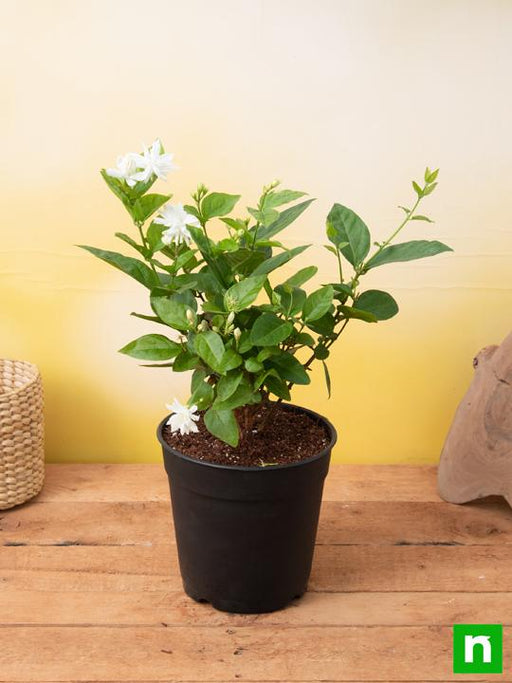
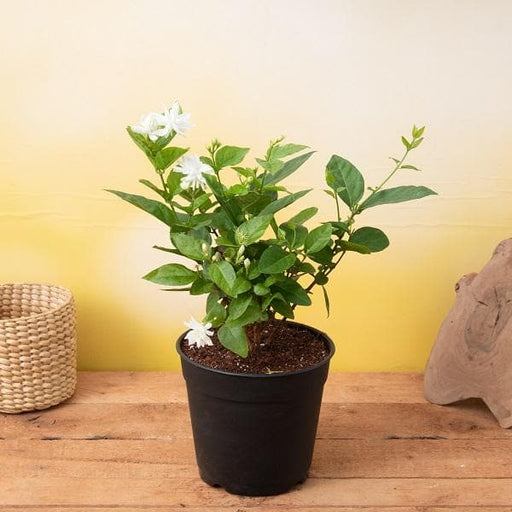 Save 25%
Save 25%
Jasminum sambac, Mogra, Arabian Jasmine - Plant Jasminum sambac, commonly known as Mogra or Arabian Jasmine, is a fragrant flowering plant...
View full details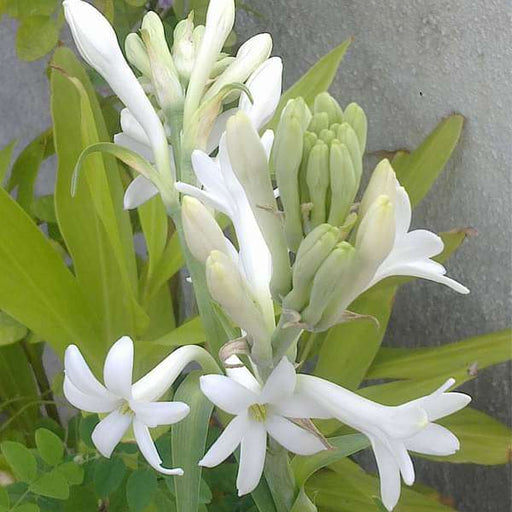
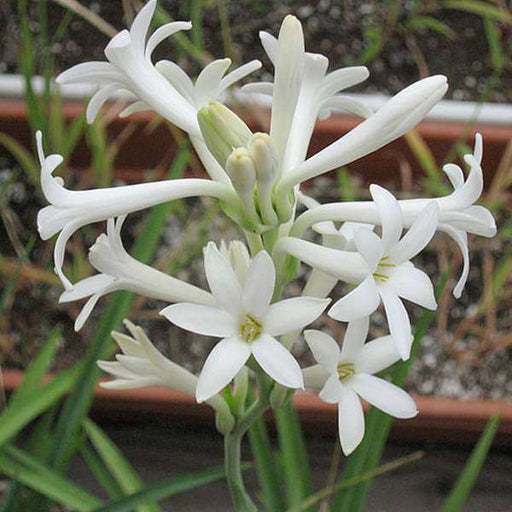 Save 17%
Save 17%
Rajnigandha, Tuberose - Plant The Rajnigandha, scientifically known as Polianthes tuberosa, is a captivating perennial plant renowned for ...
View full details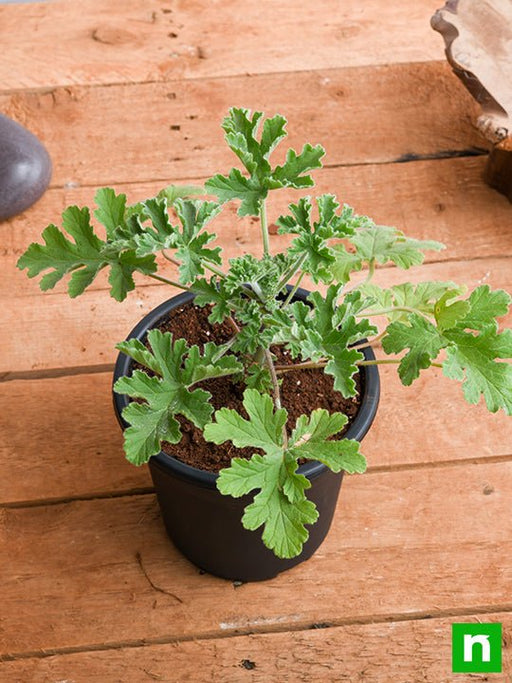
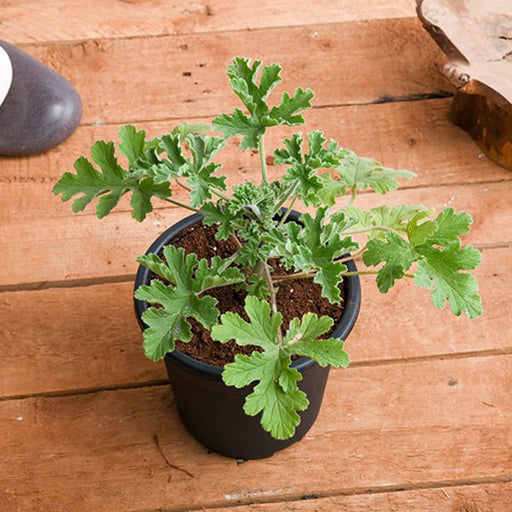 Sold out
Sold out
Citronella, Odomas - Plant The Citronella plant, scientifically known as Cymbopogon nardus, is a tropical grass renowned for its aromatic ...
View full details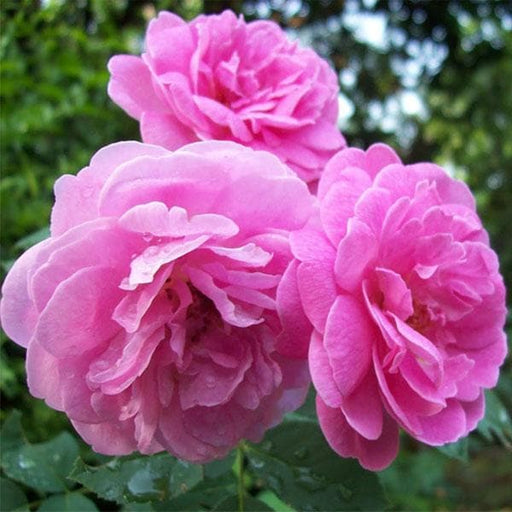 Save 25%
Save 25%
Damascus Rose, Scented Rose (Any Color) - Plant The Damascus Rose, also known as Rosa damascena, is a timeless symbol of beauty and romanc...
View full details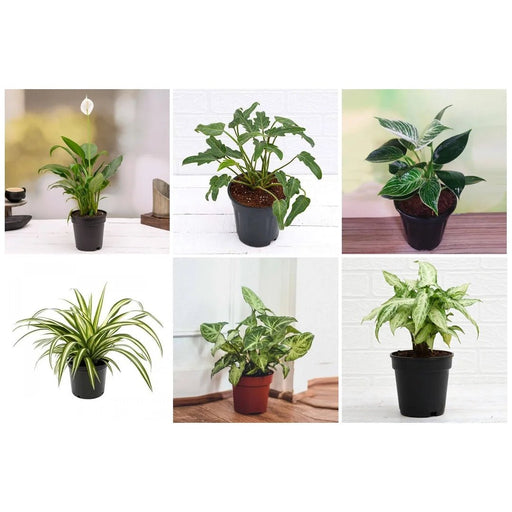
 Save 35%
Save 35%
Best 6 Plants for Perfect Indoor Garden Transform your living space into a lush oasis with our curated collection of the Best 6 Plants for a...
View full details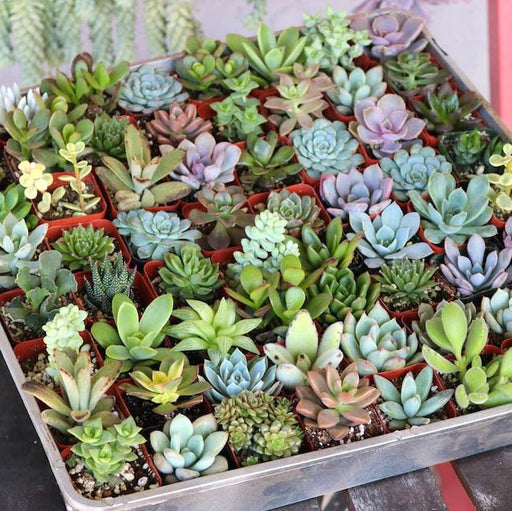
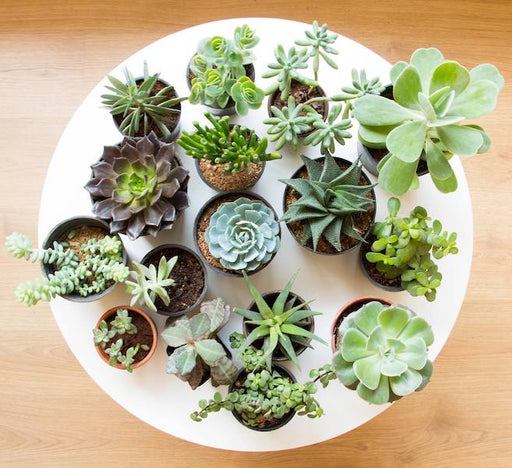 Save up to 50%
Save up to 50%
Mini Succulent Garden Pack Transform your space with our Mini Succulent Garden Pack, featuring a delightful collection of 4 any variety beautiful s...
View full details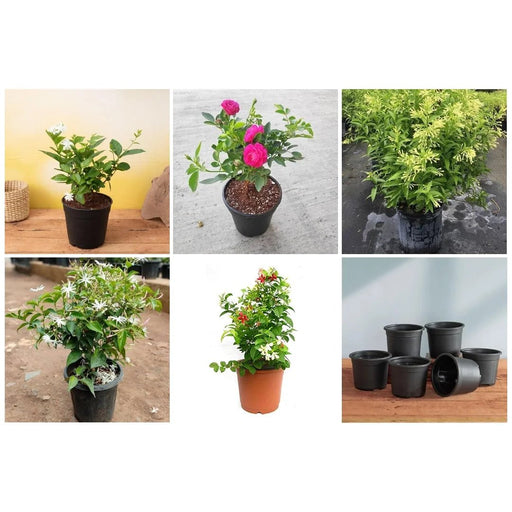
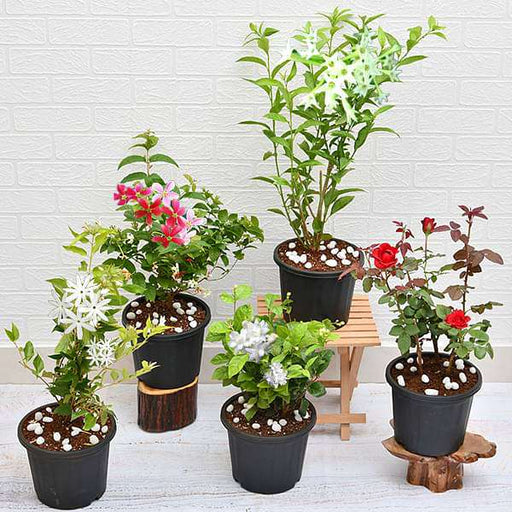 Save 30%
Save 30%
5 Best Fragrant Plants Transform your garden or indoor space into a fragrant paradise with our curated selection of the 5 Best Fragrant Plants. Th...
View full details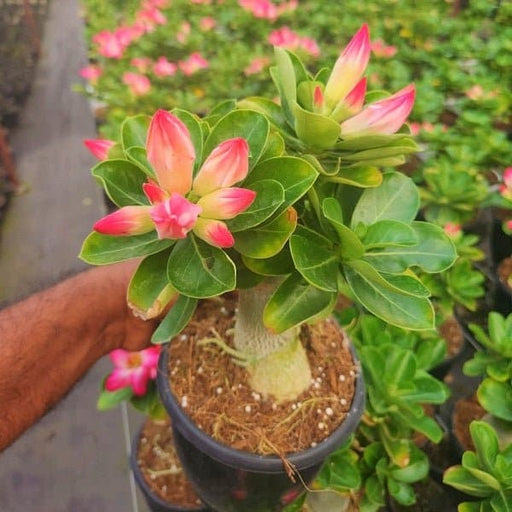
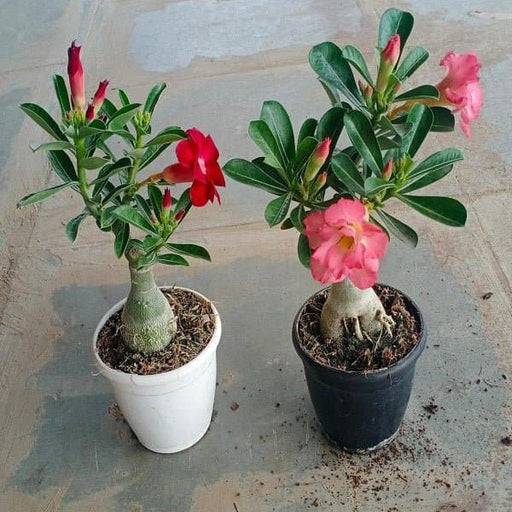 Save 24%
Save 24%
Set of 2 Bonsai Looking Grafted Adeniums Transform your indoor or outdoor space with our exquisite Set of 2 Bonsai Looking Grafted Adenium...
View full details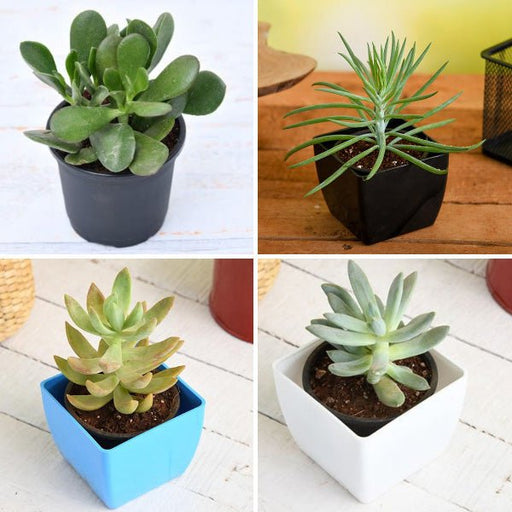 Save 45%
Save 45%
Top 4 Die Hard Succulents Pack Transform your indoor or outdoor space with our Top 4 Die Hard Succulents Pack, featuring a curated selecti...
View full details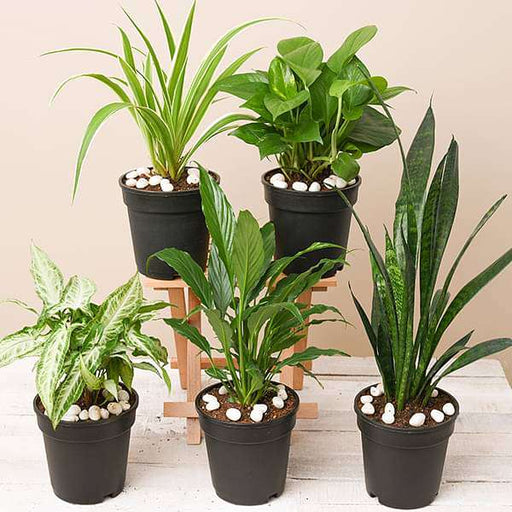
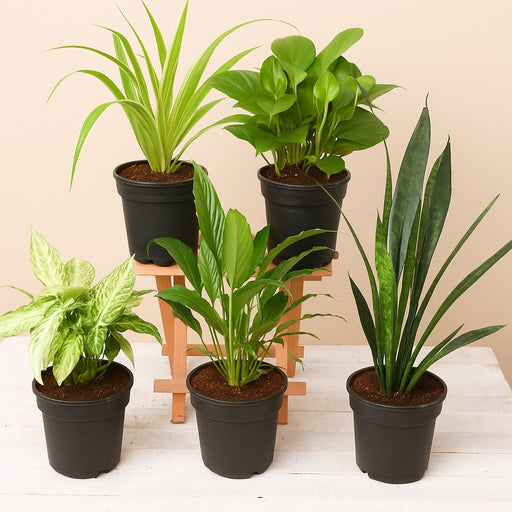 Save 30%
Save 30%
5 Best Indoor Plants Pack Transform your living space into a lush oasis with our '5 Best Indoor Plants Pack.' This carefully curated collection fe...
View full details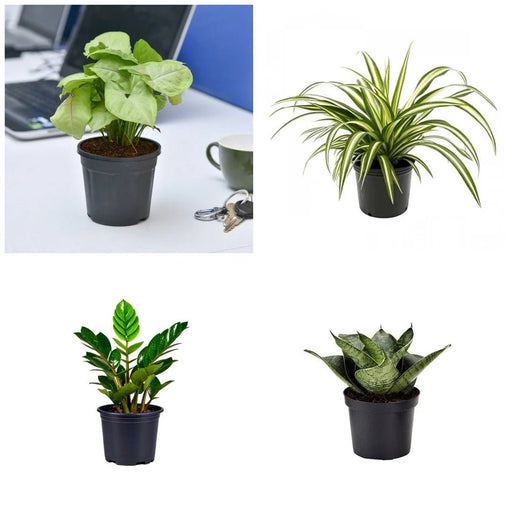
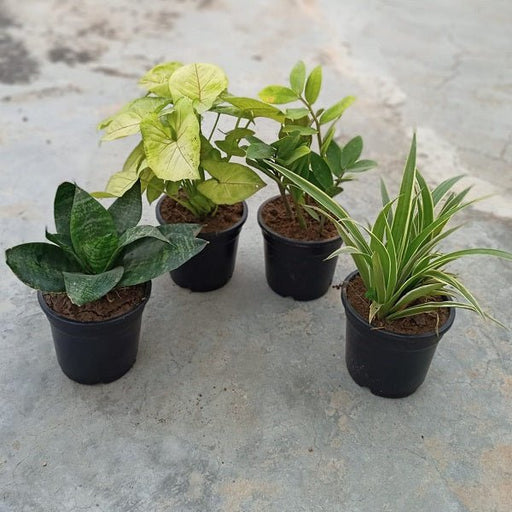 Save 25%
Save 25%
Set of 4 Evergreen Air Purifier Plant Pack Transform your indoor space into a lush, green oasis with our Set of 4 Evergreen Air Purifier Pla...
View full detailsDiscover the vibrant world of Geranium Plants, a beloved addition to gardens and homes alike. Known for their stunning blooms and lush foliage, these hardy perennials are perfect for both novice and experienced gardeners. With a variety of colors and sizes, our collection offers something for everyone, making it easy to create a stunning floral display that lasts throughout the growing season.
What makes Geraniums special is their versatility and resilience. They thrive in various climates and can be grown in pots, hanging baskets, or directly in the garden. Their fragrant leaves not only add beauty but also deter pests, making them an eco-friendly choice for your outdoor space. Explore our collection to find the perfect Geranium variety that suits your style and gardening needs.
Growing Geraniums is a rewarding experience, as they require minimal care while providing maximum visual impact. Whether you’re looking to brighten up your patio or create a colorful border in your garden, our Geranium Plants are sure to impress. Join the countless gardeners who have fallen in love with these charming plants!
Scientifically known as Pelargonium, Geraniums belong to the Geraniaceae family. They have been cherished since the 17th century, when they were first introduced to Europe from South Africa. Their popularity soared due to their vibrant colors and ease of care, leading to the development of numerous hybrids and cultivars that continue to delight gardeners today.
From an environmental perspective, Geraniums play a significant role in promoting biodiversity. Their ability to attract pollinators helps support local ecosystems, while their hardy nature makes them suitable for various climates. By incorporating Geraniums into your garden, you contribute to a healthier environment while enjoying their beauty and fragrance.
There are many types of geranium plants, including zonal geraniums, ivy geraniums, scented geraniums, and more. Each type has its own unique characteristics and growing requirements.
Growing geranium plants from cuttings is a great way to propagate new plants. To do so, simply take a cutting from a healthy plant and place it in water or soil until it forms roots.
Caring for geranium plants involves regular watering, fertilizing, and pruning as needed. It's also important to protect the plants from pests and disease.
Overwintering geranium plants involves bringing them indoors and providing the proper growing conditions during the winter months. This can help ensure that the plants survive and thrive in the spring.
In addition to growing from cuttings, geranium plants can also be propagated from seeds or by division. It's important to follow proper propagation techniques and provide the right growing conditions.
Deadheading geranium plants involves removing spent blooms to promote new growth and a longer blooming period. It's important to use the proper tools and techniques to avoid damaging the plant.
Pruning geranium plants involves removing dead or diseased branches, as well as shaping the plant to promote healthy growth and blooms. It's important to prune at the right time of year and to use the proper tools.
Fertilizing geranium plants involves providing them with the right balance of nutrients to promote healthy growth and blooms. It's important to follow the manufacturer's instructions and avoid over-fertilizing, which can damage the plants.
Watering geranium plants involves providing them with regular, deep watering to promote healthy root growth. It's important to avoid over-watering, which can lead to root rot.
Planting geranium plants involves selecting the right location, preparing the soil, and placing the plants in the ground or in containers. It's important to provide the proper growing conditions to ensure healthy growth and blooms.
Dividing geranium plants involves separating the root ball into multiple plants, which can be replanted in different locations. It's important to follow proper division techniques and provide the right growing conditions.
Controlling pests and disease in geranium plants involves regular inspection, proper watering and fertilizing, and using organic pest control methods when necessary.
Storing geranium plants for winter involves bringing them indoors and providing the proper growing conditions to help them survive until spring. It's important to follow proper storage techniques and avoid over-watering.
Choosing the right geranium plant for your garden involves considering the size of your space, the climate in your area, and your specific preferences for color and bloom time.
Pruning geranium plants for winter involves removing dead or diseased branches and shaping the plant to promote healthy growth during the winter months.
Transplanting geranium plants involves carefully digging up the plant and its roots and replanting it in a new location with well-draining soil. It's important to follow proper transplanting techniques to avoid damaging the plant.
Protecting geranium plants from frost involves providing them with proper watering and fertilizing, as well as covering them with blankets or other protective coverings during cold weather.
Choosing the right container for geranium plants involves selecting a container that is large enough to accommodate the root ball and providing proper drainage to avoid over-watering.
Growing geranium plants in hanging baskets involves selecting a hanging basket that is large enough to accommodate the plant and providing proper watering and fertilizing to promote healthy growth.
Pruning geranium plants for a bushier appearance involves cutting back the plant to promote new growth and a fuller, more compact appearance. It's important to prune at the right time of year and to use the proper tools and techniques.
Geraniums are a genus of flowering plants that belong to the family Geraniaceae, while Pelargoniums belong to the family Geraniaceae but are commonly referred to as Geraniums. The key difference between the two is that Geraniums have symmetrical flowers, while Pelargoniums have asymmetrical flowers.
Geraniums require well-draining soil, regular watering, and plenty of sunlight to thrive. They also benefit from occasional fertilization and pruning.
Geraniums prefer well-draining soil that is rich in organic matter. A mix of sand, perlite, and peat moss is ideal.
Geraniums require regular watering, but it's important not to overwater them. Wait until the soil is dry to the touch before watering, and be sure to water at the base of the plant rather than from above.
Geraniums benefit from a balanced fertilizer that is high in phosphorus, such as a 10-10-10 or 5-10-5 formula.
Yes, Geraniums can be grown in containers as long as the container has drainage holes and the soil is well-draining.
Geraniums can be propagated through stem cuttings, division, or from seed.
Geraniums should be pruned in the spring or fall to encourage new growth and maintain their shape.
Regularly inspect your plants for signs of pests or diseases and promptly treat any issues that arise. You can also prevent pests and diseases by keeping your plants healthy through proper watering, fertilization, and pruning.
Geraniums are typically considered annuals in colder climates, but they can survive mild winters if protected from frost.
Before winter, cut back your Geraniums to about half their size, and move them indoors or to a protected area.
Geraniums benefit from fertilization every 4-6 weeks during the growing season.
Yes, Geraniums can be grown from seed. Sow the seeds indoors in the spring and transplant them outdoors after the last frost.
Geraniums require at least 6 hours of sunlight per day to thrive.
To deadhead Geraniums, pinch or cut off the spent blooms just below the flower head.
To prune Geraniums, use clean, sharp shears to cut back any leggy or overgrown growth, and remove any dead or damaged branches.
To transplant Geraniums, gently remove the plant from its current pot or location and place it in a new location with fresh soil.
To repot Geraniums, gently remove the plant from its current pot and place it in a new pot that is slightly larger, using fresh, well-draining soil.
Geraniums typically bloom from spring to fall, but the exact blooming period can vary depending on the variety and growing conditions.
To control the size of Geraniums, regularly prune back any leggy or overgrown growth and remove any dead or damaged branches.
Consider factors such as the plant's size, bloom color, and growing habits when choosing a Geranium variety for your garden.
During hot weather, be sure to water your Geraniums regularly and provide them with some shade during the hottest parts of the day.
Yes, Geraniums can be grown indoors as long as they receive plenty of sunlight and are grown in well-draining soil.
Before planting your Geraniums outdoors, be sure to harden them off by gradually exposing them to outdoor conditions over the course of a week or two.
Planting companion plants such as bee balm, lavender, or salvia can help attract pollinators to your Geraniums.
Some Geranium species are used in cooking and medicinal purposes, but it's important to consult a professional before consuming or using any plant for such purposes.
To overwinter Geraniums indoors, move them to a cool, dark area such as a basement or garage and reduce watering until the leaves start to turn yellow.
Yes, Geraniums can be grown from stem cuttings taken in the spring or summer.
To prevent Geraniums from becoming leggy, pinch back the tips of the plant regularly and provide them with plenty of sunlight.
Check the soil moisture level by sticking your finger into the soil. If it feels dry to the touch, it's time to water your Geraniums.